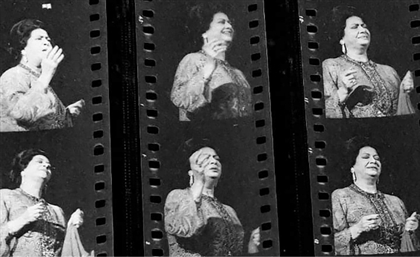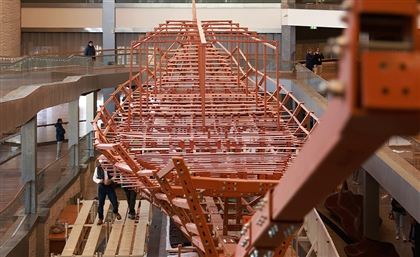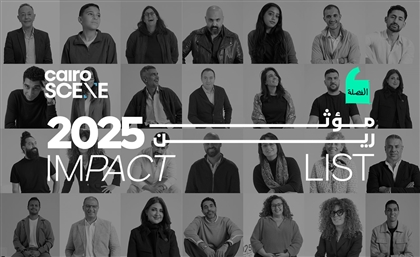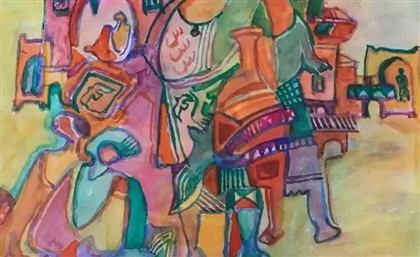Palestinian Artist Salma Dib: Making Art That Shouldn't Need to Exist
Based in Dubai, Palestinian painter Salma Dib speaks on the dichotomy between the art and the topic that inspires it.
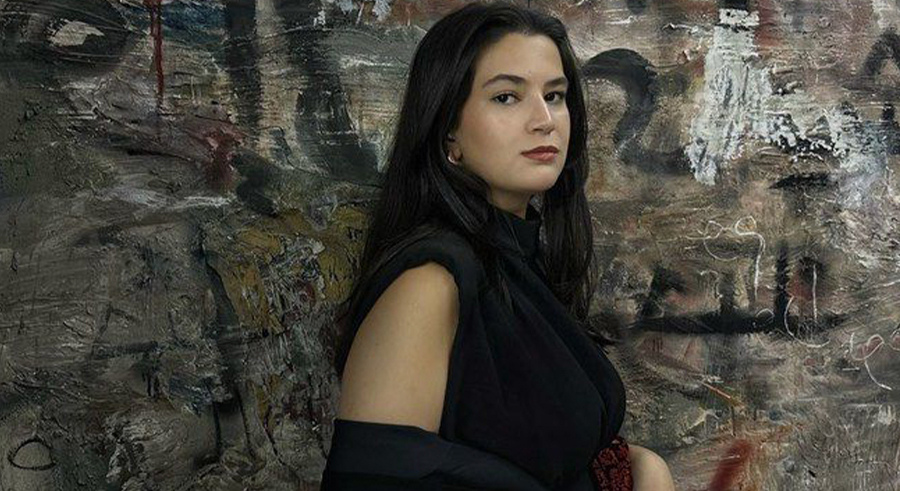
It’s a strange thing to produce art inspired by a topic that, in a less cruel, more humane world, wouldn’t even exist to be observed, let alone felt so deeply by so many. But this is the reality for many Palestinian artists who find themselves artistically drawn to their embattled homeland, whilst simultaneously wishing that this compulsion had no basis for existence. Painter Salma Dib is one such artist.
“I still remember the first time I was confronted by this idea,” Dib tells SceneNowUAE. “I was working with a group drafting my artist’s bio for an exhibition, and someone said, ‘You’re Palestinian, of course you’re making political work.’ And I thought ‘I would love not to have to. I would love to paint vibrant scenes of flowers and birds. I would love the opportunity for my work not to be tied to my political identity.’”
-90991d78-efd3-4908-86c7-a31eddf29c7c.jpg)
But this is but one of many freedoms not afforded to Dib. She cannot return home - nor can she exist without being viewed through the prism of her Palestinian heritage and identity.
Dib’s most recent work is very much politically charged. Entitled ‘Generational Walls’, the pieces were recently exhibited at the Etihad Modern Art Gallery in Abu Dhabi, as part of a wider exhibition called ‘Summer and Women’. The multimedia displays are covered in graffiti, and are inspired by many similar walls found in Syria, Jordan and Palestine. The effect of the floor-to-ceiling installations is arresting - patterns, writing, colour and texture are seemingly airlifted from the places that inspired Dib.
-9c0f3596-ba57-46bc-a9ad-550937bec4b6.jpg)
But the reverse effect is also true - stare at the wall for long enough and it’s not hard to find yourself transported. It’s no wonder that the exhibition struck a chord on the heartstrings of so many visitors.
Yet even when a Palestinian artist might - God forbid - want to escape from their ever-politicised identity, the very same suspects who supposedly resent their actively political work then seem desperate to find the Palestinian-ness in even the most innocuous places. It’s a lose-lose situation.-d08c4743-2a06-4188-bcc8-f68a0cdf610a.jpg)
“There’s a bunch of Palestinian artists that just make abstract art with no ties to anything political,” Dib explains. “But as soon as you introduce yourself as a Palestinian artist, people’s minds always revert to ‘How is this related to the conflict? How is it related to your homeland? How are you impacted by it and what impact does that have on your work?’”
On that subject, Dib recalled a particular story whilst studying art in Chicago. In a module purely concerned with technical ability - and uninterested in the deeper meaning behind the final piece - Dib found herself being questioned about whether the project was somehow a commentary on her repression as a Muslim Palestinian woman. “It wasn’t that at all!” she says. “But people are often looking for the story they’ve already convinced themselves of.”
-3e9b32d7-59b5-4adc-825c-2ce5f75fe8e6.jpg)
For Dib, a change of scene from art studies in Chicago to a return to ‘home’ in Dubai brought with it a change in her artwork. “Both the way I exhibit my work and the work itself changes depending on where I am.” Dib stresses. “Not only the stories that I get to tell, but also the stories that people tell me back, the way we share our feelings on what’s going on. The political situation also changes.”
Since October 7th, the situation for Palestinian artists changed dramatically yet again. “After October 7th, I didn't want to make or share art at all,” Dib says. “Even when I started making art again, I didn't want to seem like I was capitalising off it, as if it was just some trend.”-e16238bc-6684-483a-a6b1-dd40be09483f.jpg)
But - in a morbid sense - the genocide in Gaza has opened people’s eyes to Palestinian art. “In my first few years making art in Chicago it would be more like, ‘Oh yeah, that’s cool, oh interesting, we love graffiti! But maybe keep your politics,’” Dib explains. “But ever since October, the feedback I’m getting on my work is more intense. People are more willing to talk about it. I just wish that none of this had been ‘necessary’ for people to start listening, to pay attention, to understand.”
Still considered a young emerging artist, age has also played a role in Dib’s development as an artist. “As a young student in the US, usually the only Arab in class and certainly the only Palestinian, I was very reserved when I started making art,” she shares. “It was very isolating not being able to tell the story I wanted to tell, but growing up and moving back to the Middle East has emboldened me. Now I can be confident in saying, ‘This is what’s happening. This is why I can’t go home. And this is how I feel about it.’ It’s cathartic.”
-80ce102c-d3cd-47b8-a2b0-499b844c2784.jpg)
That catharsis has also led Dib to find backing from galleries in the UAE, most recently in the form of full representation by Dubai’s Aisha Alabbar Gallery at Alserkal Avenue. Support like this is a further vote of confidence for the young artist, enhancing Palestinian artistic representation in Emirates. That representation is great news for artists, and equally great news for the region’s potential audience. As Dib puts it, “Art is the best way to get the message across. It’s a route to people who might not engage otherwise.” And at times like these, engagement has never been more vital.
- Previous Article Italian-Palestinian Duo No Input Debuts Eponymous Electro EP
- Next Article A Century of Hospitality: Discover Egypt's Historical Hotels
Trending This Week
-
Dec 23, 2025








